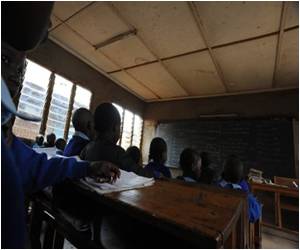Parents play an important role in educating adolescents make safer choices when it comes to sex, such as the use of contraceptives and condoms.

‘Parental advice on safe sex help teenagers make safe, healthy decisions and avoid unintended pregnancies and sexually transmitted infections.
’





The researchers found that the association was stronger for girls who discussed sexual topics with their mothers. Risky sexual behavior among adolescents is a serious public health problem because of the risk of sexually transmitted infections and unintended pregnancies.
"Results of this study confirm that parent-adolescent sexual communication is a protective factor for youth, and a focus on communication remains justified in future intervention efforts," the researchers said.
However, such open communication about sex does not always take place because embarrassment and inaccurate knowledge can get in the way.
Laura Widman from North Carolina State University in the US, and co-authors reviewed medical literature and pooled data from 30 years of research with more than 25,000 adolescents from 52 articles to examine the effect of parent-adolescent sexual communication on safer sex behaviour among youth.
The researchers found significant positive effect of parent-adolescent sexual communication associated with safer sex behavior.
The association between parent communication and adolescents' contraceptive and condom use was significantly stronger for girls than boys, the findings showed.
The study was published online in the journal JAMA Pediatrics.
Source-IANS











